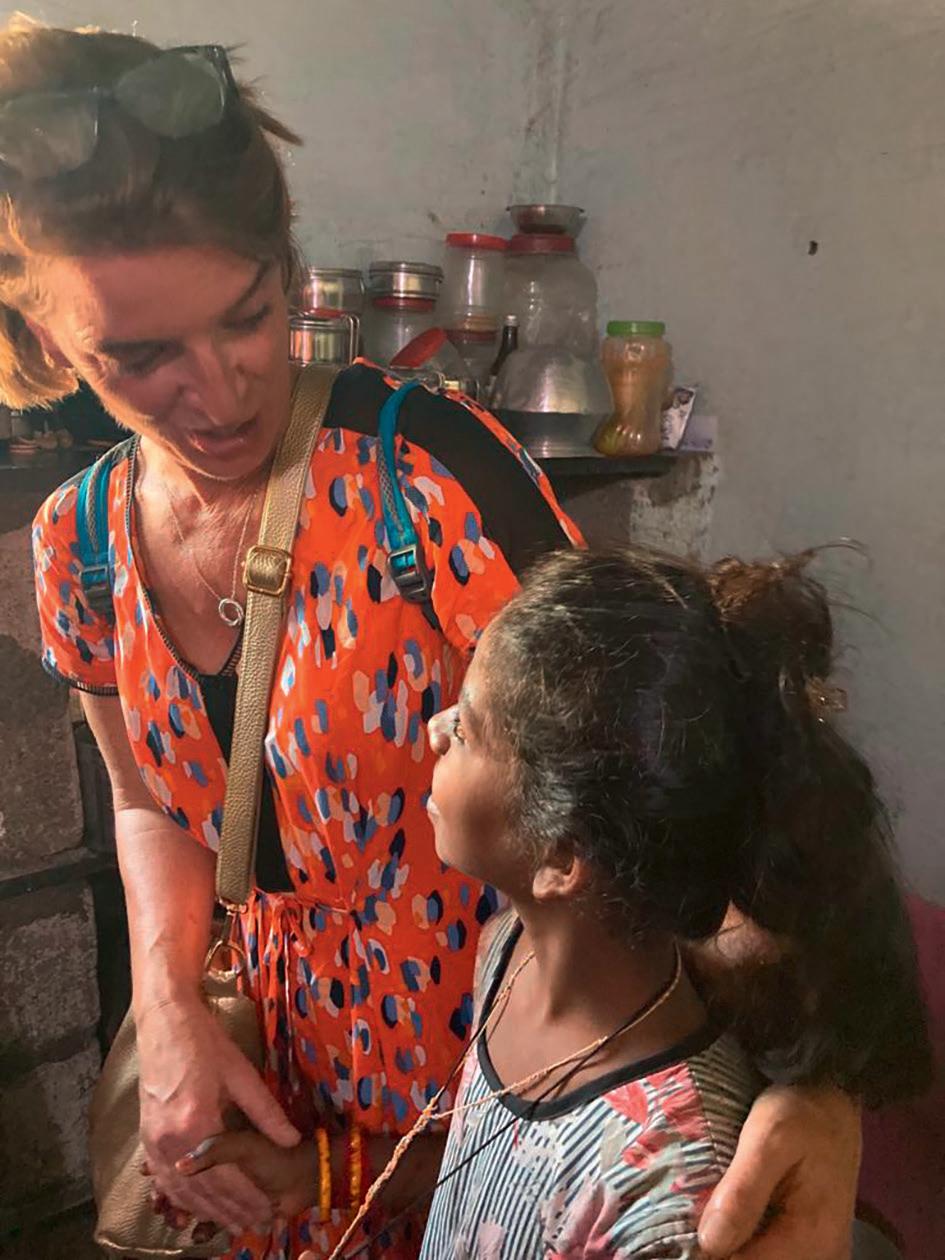
8 minute read
SUPPORTING DALIT CHILDREN
BY KATE STEWART
When my dear friend Siobhan invited me to visit India to see Dinah’s charity, Supporting Dalit Children, in action I knew I had to go. In November last year, with hope in my heart, I stepped off the plane in Hyderabad.
Advertisement
Nothing could have prepared me for what happened next. Seven unforgettable days that changed my life forever.
I travelled with my friends Dinah and Siobhan, and Andrew and Dhiren who we met at the airport for the first time. We became a team united in our bid to find out as much as we could about the Dalit community and how we could help.
Our welcome reception in Manvi by the students at Loyola College, the Xavier school children, the Jesuit Fathers, sisters and all the teachers was extraordinary. There was so much celebration, clapping and joy to see us, especially Dinah, whose charity has helped give them all an educational lifeline.
The sea of smiles never stopped the entire week. From the classrooms in Manvi and the Kapepaladi village school to the after school tuition centres and tailoring schools in the poorest villages – we were always welcome with open arms and huge hearts.
It was incredibly moving to meet our sponsor children in their homes on the Sunday when they were not at school. It was such a privilege for me to meet 11-year-old Pooja and her sisters in their family home. She was understandably very shy at first and spoke very little but never have the words “thank you, thank you” meant so much.
Over the next few days, I was able to spend precious time with Pooja in her lessons and during playtime and we got to know each other a little bit and make a connection I hope will last a lifetime. I know the £20 sponsorship money I give Supporting Dalit Children every month helps Pooja have a phenomenal education and English-speaking skills that will give her the chance to have a childhood, get a job and give her family a more secure future. All the children get a real boost knowing that although we live on the other side of the world we are thinking about them and that they matter. They are anything but “untouchable”.
The poverty is startling, malnourishment is rife and there are so many problems to overcome, but every day we saw hope and kindness in abundance from a team of devoted people working tirelessly to find solutions and give all the children a chance in life.
Nothing exemplified that more than Nobleraj who told us he went from “cow-grazing boy to schoolboy” at age 11 when he joined the Kapepaladi School in Year 6. He couldn’t speak English or read or write but he worked hard and after completing his education in Manvi, he moved to Mangalore University to take his Master’s Degree in Commerce. He is now, at 25, a lecturer in all Commerce.
It was so inspiring to hear Nobleraj talk about his experience after he travelled hours across India to come and see Dinah and show his gratitude. His parents invited us all into their simple home. His mother cooked us an incredible lunch and the whole family gathered to thank us all for coming to India. As they kept shaking our hands and warmly embracing us, Nobleraj said: “Please keep coming back.”
It was very hard to say goodbye to this extraordinary community, so rich in kindness, generosity and love. A good education is a human right and I hope to help Dinah as much as I can to achieve her mission in India and encourage others to do the same.
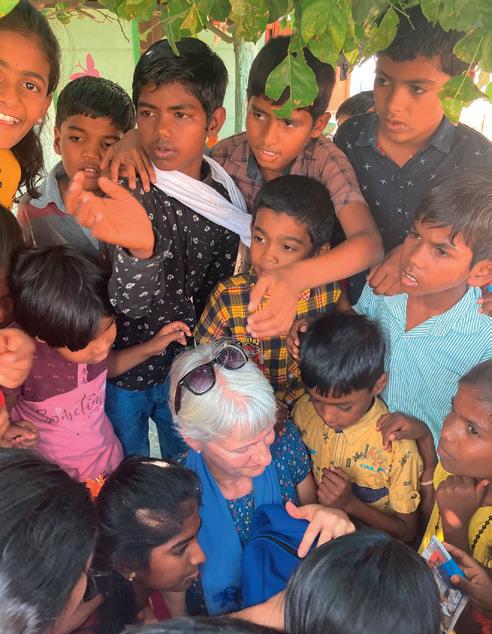
We saw first-hand how, if Dalit children are given the chance to be educated, they can flourish and grow, both physically and mentally. Their laughter, beautiful smiles, spirit and determination, in spite of all the problems they face, will live long in my memory.
Please consider supporting one of these incredible children and be assured that every pound you donate is desperately needed and never wasted. For more information visit supportingdalitchildren.com or email Dinah info@supportingdalitchildren.com or call her on 07909705125 or email me office@infocusmagazines.co.uk
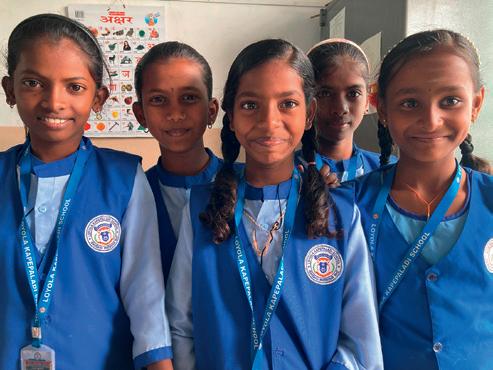
DO YOUR EYES HAVE IT? BY
JOHN KING
Age-Related Macular Deterioration (AMD) is a sneaky disease, anyone can get it, and smokers are more vulnerable, I also understand hereditary connections play a part, my Mum had it.
One of the reasons that it can go unnoticed for quite a while and it is important to understand this, is that one eye can seemingly mask the defects of the other, which allows the problem to progress unhindered and unnoticed.
You may find that reading the newspaper becomes a little more difficult, threading a needle almost impossible, alining a screwdriver into the screw slot takes two or three goes as does putting your key in the lock, you need more light, and so on. So, you put it down to needing new glasses, maybe you do, or maybe you have an unwelcome visitor, AMD, so now it really is the time to try and find out.
Using the Amsler chart below and using one eye at a time hold the chart at your normal reading distance, if you normally wear glasses then do so, focus on the black spot in the centre and observe if the horizontal and vertical lines are perfectly straight, and the white area is perfectly clear, and if all look good, that’s good news. If you do have any of the problems described above then perhaps a visit to your optician is overdue. When you have an eye test then discuss AMD and have an eye scan which can detect some problems before they become apparent.
However, if you see any defect as shown in the chart on the right however faint or however slight then it’s on your bike and off to your optician and GP, the sooner the better.
You can also check for AMD by looking at horizontal and vertical shapes around you, again using one eye at a time as I did, for some reason I squinted at our Venetian blind with my left eye, a jawdropping experience, this is what I observed.
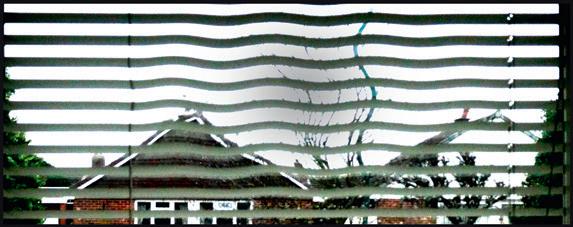
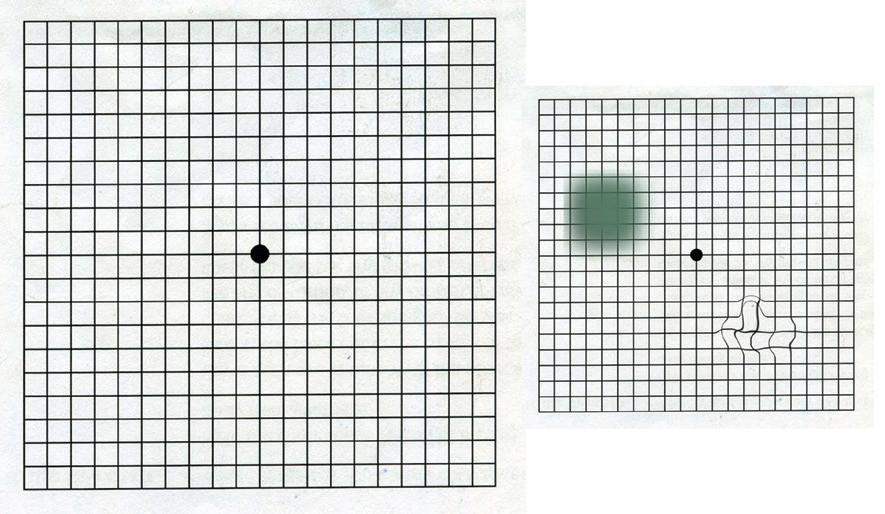
I also looked at the door frame. it too had a kink, and the CD cases on the rack were slightly barrel-shaped, so as I now realise you can check either eye for this problem anywhere and at any time, on this occasion my right eye was fine.
So what happens if you have AMD?
Once you have seen your optician and Gp you will be on a treatment programme at the eye clinic, and you will be back in control of your life. Things won’t be quite the same but you will cope, after all, you managed to cope prior to the discovery of your AMD.
I can’t say of course how the condition will affect your day-to-day life, we are all different, and handle problems in our own way, yes it is inconvenient sometimes, a good investment will be to have your optician make a pair of close-up glasses, I specified mine at 12 inches (30cm) ideal for working with your computer, I would not be without them, I am wearing them as I write this.
To get the full facts do take a look at the NHS and ‘Amsler Chart’ website, ALSO beware of ‘Miracle’ cure websites, check first with your GP.



Bowled Over By Tom
The Story Of The Cricket Ball
HANCOCK
The smack of leather on willow is the quintessential sound of a British summer. The bright red cricket ball is almost iconic, but its design and construction have undergone significant changes over the course of history.
The earliest cricket balls were made of leather, stuffed with rags. They were heavy, hard to hit, and needed to be replaced after a few overs. In the 18th century, the cork cores were introduced. These were wound tightly with string before they were covered in leather. This went a long way towards improving durability and bounce.
Until the mid-19th century, there was a lot of variation in ball size. It was decided to standardise the balls and the size was fixed at 9 inches (22.86cm) in circumference, with a weight of 5.5 ounces (156g). The ball was also required to be round, smooth, and covered with leather.
In the early 20th century, the introduction of machine stitching improved the quality and consistency of cricket balls. The stitching created a more uniform seam, which made the ball easier to grip and allowed bowlers to impart more spin. The use of machine stitching also made the ball more durable, which reduced the need for frequent replacements. Bowlers began to use the seams on cricket balls to achieve different types of movement in the air and when bounced off the pitch, leading to the development of seam and spin bowling.
During the 1960s, the introduction of synthetic materials such as PVC and polyurethane led to the development of the plastic cricket ball. These balls were lighter and more durable than traditional leather balls, but they were mostly rejected by the cricketing community, and their use was eventually banned by the International Cricket Council (ICC) in 2000 for having a negative impact on the game.
Today, cricket balls come in a variety of type for different formats of the game. For example, red balls are used in test cricket, while white balls are used in one-day international (ODI) matches and pink balls are used in day-night test matches.
The evolution of the cricket ball has been driven by a desire to improve the game, and its design and construction continue to be refined to meet the needs of modern cricket.
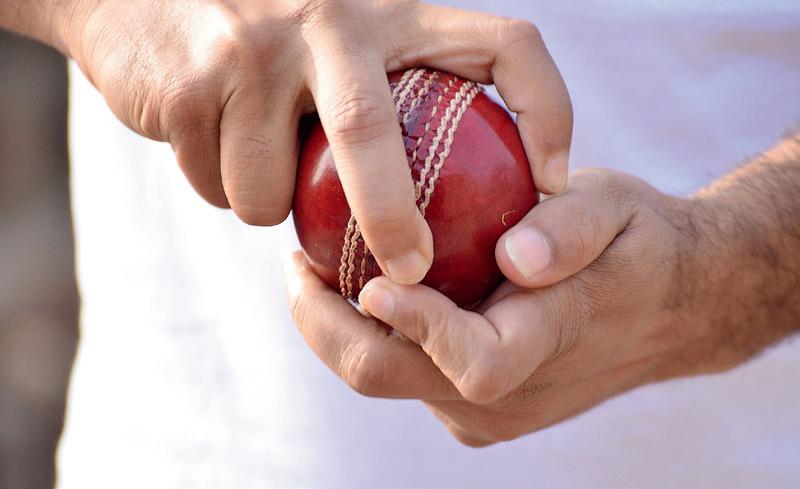
Seam Bowling – When a bowler holds the ball with the seam facing towards them, it is known as seam bowling This technique is used to achieve lateral movement in the air or off the pitch. By angling the seam towards the batsman, the bowler can make the ball swing towards the batsman or away from them. This movement can make it difficult for the batsman to judge the ball’s trajectory and can lead to wickets being taken.
Finger Spin and Wrist Spin Bowling – In finger spin, the bowler holds the ball with their fingers, with the seam running perpendicular to their fingers. By rotating the ball with their fingers, the bowler can create spin that causes the ball to turn in the air or off the pitch. Wrist spin is a similar technique, but the bowler releases the ball with a flick of the wrist, which adds extra spin to the ball.
If you would like to play cricket this summer please contact Middleton Cricket Club at Middleton Sports Club, 3 Sea Lane, Middleton-on-Sea, PO22 7RH. Email: info@middletonsportsclub.co.uk or Tel: 01243 583157.





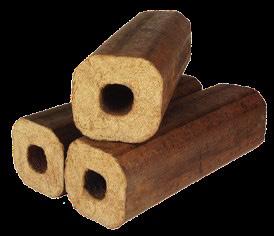

Luxury Vinyl Tiles (LVT) Specialists
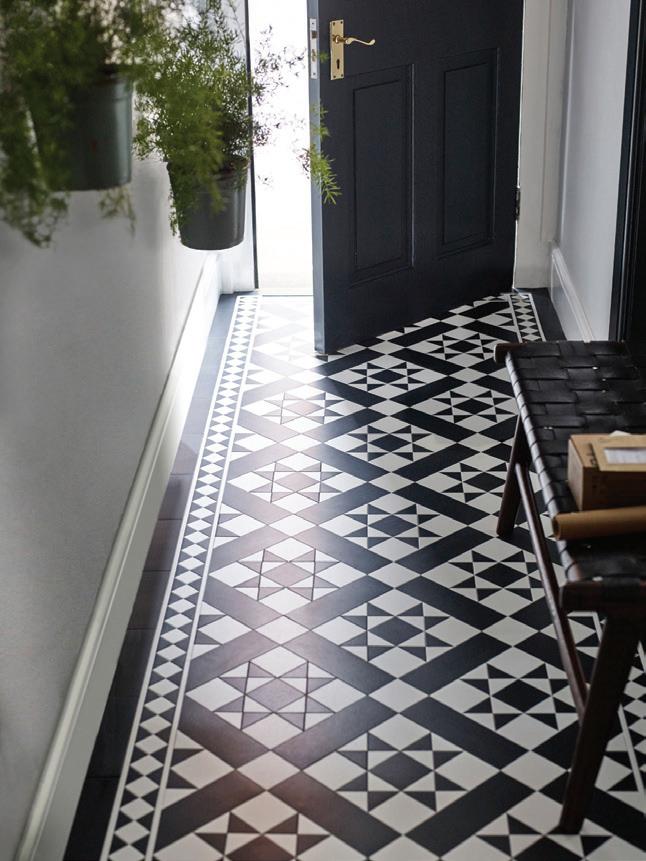
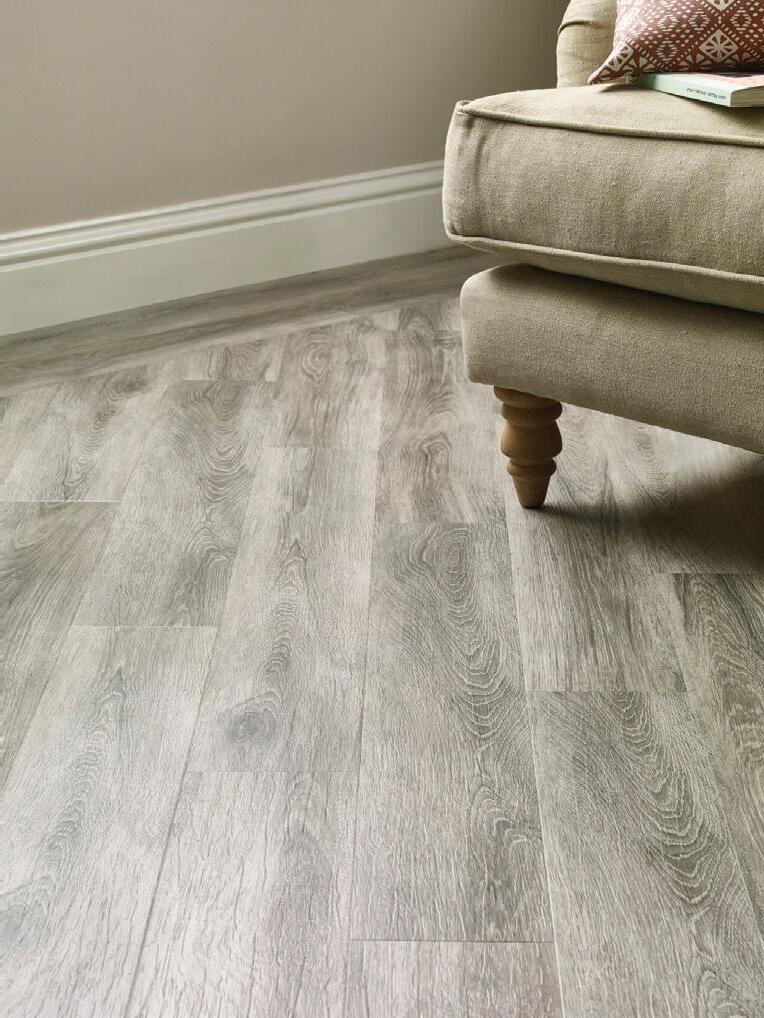
The beauty of LVT is the ability to create unique designs and patterns as you would with natural materials. It is possible to mimic real stone, ceramic and wood flooring using tiles, planks and more recently parquet.
Today's manufacturing techniques give incredible realistic results almost indistinguishable from the real thing as they are also textured to mimic the real materials, yet it is incredibly hard wearing, designed to withstand the rigours of modern day life.
The diversity and practicality of LVT makes it a winner anywhere in the home, office or any other area that needs floor coverings.

We will be delighted to help you realise your ideas. We can also provide creative input and expert advcie during the planning phase of your project.












